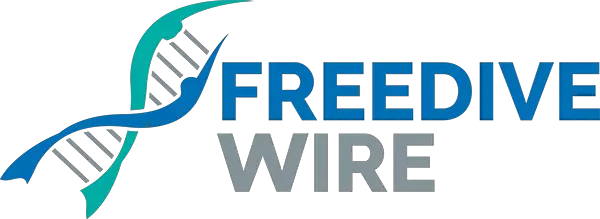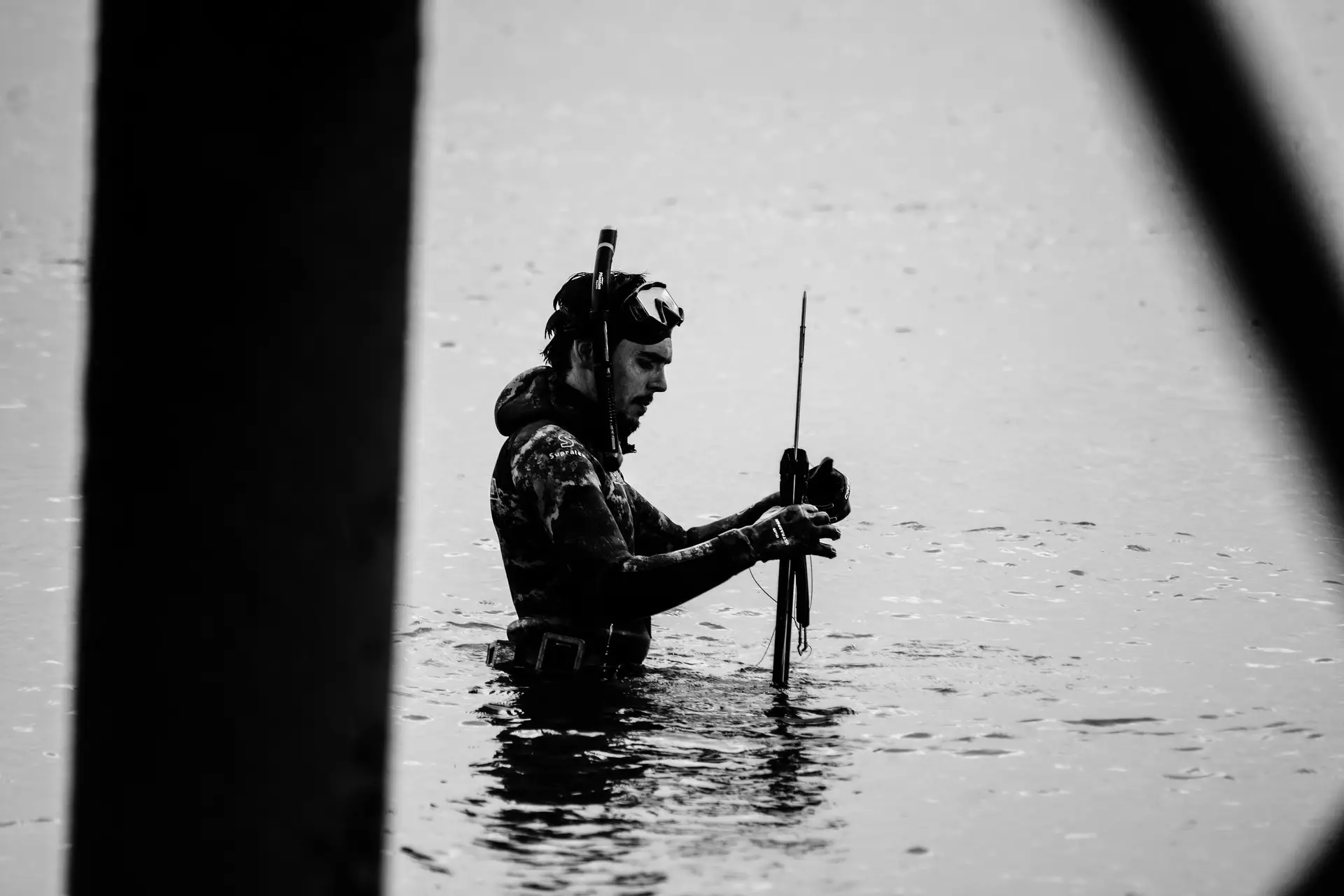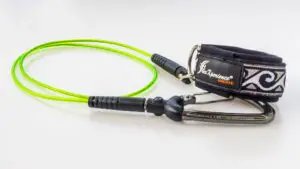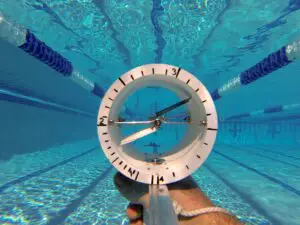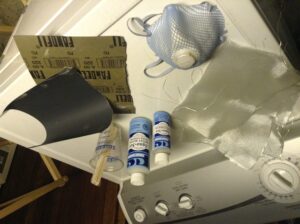Your freediving mask is the most important piece of gear you use in the water. Sure, you might be able to do a line-dive without a mask, with fluid goggles or hektometers but you need a good mask to see around and to be a good safety buddy. It is no big surprise that freedivers are very picky when it comes to freediving masks. If you are just getting into the sport and need to buy a mask, here are some things to consider.
Lower volume is better
When you descend, the air in your freediving mask will compress. You will need to equalize the mask. As a freediver, your air supply is very precious. Every puff of air that goes into your mask reduces your dive time and maximum equalization depth.
The volume of air inside a mask depends on the shape of your face. For that reason it is tricky to make a good recommendation. However, there are some masks that are very low-volume for everyone, and if so we have mentioned that in our gear reviews.
Frame and frameless
Most masks are made with tempered glass. This glass needs to be set in a frame. Two decades ago all masks were set in large frames. The need for low volume freediving masks caused some companies to design (semi-) frameless masks. These masks have only a limited frame that connects the lenses, or the lenses are not connected except for a flexible nose bridge. Frames can be good or bad. Here’s what you need to know:
- The mask will become tight on your face once the volume decreases (just before you equalize). The frame might uncomfortably press in your face. You can test what a mask feels like under pressure by putting it on your face and breathing in through your nose. Are there any pressure points?
- If the lenses of your mask are not connected by a rigid frame they will not be perfectly straight and distort the view. For some freedivers this causes dizziness and/or nausea, for most it is no issue at all.
Lenses
Lenses are commonly made of tempered glass, and some masks are made of plastic (the Aqualung Sphera is the most popular one). Tempered glass lenses come with a thin film of silicone on the lens. You won’t be able to see it, but it is there and will fog up your mask every time you dive. You need to scrub off the silicon with a mild abrasive. Aqualung recommends rubbing toothpaste on both sides of the lenses. Some divers burn the film off the lenses prior to the toothpaste rub. Here are some things to remember about lenses:
- Most masks are made with tempered glass, which should be marked ‘Tempered’ or ‘T’. Tempered glass is safer than normal glass because it is stronger and does not shatter in splinters but granules. All reputable manufacturers use tempered glass.
- Plastic lenses can curve, distorting the view and usually are not as clear as glass lenses.
- Plastic lenses scratch easily.
- Tempered glass has a silicone film on it which needs to be removed before diving, otherwise the glass will keep fogging up.
The skirt
The silicone skirt is what creates the seal between the mask and your face. If the skirt fits well you will not get any leaks. If you have a moustache you will need to be a bit more picky so you find a freediving mask that won’t leak. For example, I can have a moustache and wear an Omer Abyss without issue, but if I wear a Salvimar Noah I need to shave before every dive session.
The nosepocket
The nosepocket, which is part of the silicone skirt, needs to be shaped so that it leaves a tiny bit of space around your nose. If it is too small it can create a seal against your nostrils. That seal, coupled with a closed soft palate during the descent can block your equalization completely.
The strap
Always check the connection of the straps. If any part of the strap is very narrow it will inevitably deteriorate and, one day, break under tension. The best (and most) straps are connected to the frame with fairly stiff plastic. The Salvimar Noah, unfortunately, has straps that are connected with a relatively thin bit of soft silicone.
Buying the best freediving mask
Here is how you can check whether a freediving mask is going to be a good fit:
- Without the straps, put the mask loosely on your face. Does it feel like there are any leaks?
- While the mask is on your face, suck in some air through your nose until it is fairly tight. Does the frame create any pressure point?
- Are the straps well-connected to the rest of the mask?
- Are the lenses made of glass, and if so, is it tempered?
- Is the nose pocket big enough?
Have any advice you want to share? Let us know in the comments below.
